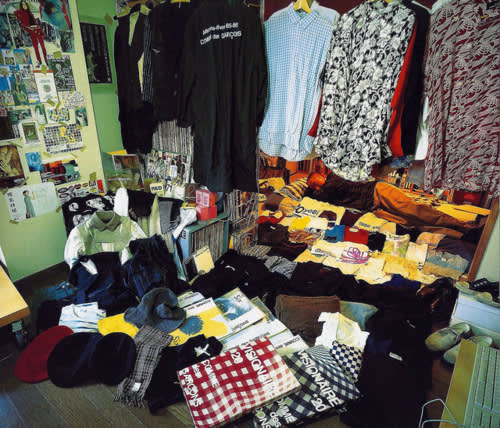
Otaku
Fan Art
Derived from a Japanese term for another person's house or family, the modern slang form of otaku first appeared in public discourse in the 1980s, through the work of humorist and essayist Akio Nakamori. Nakamori’s 1983 article in Manga Burikko magazine applied the term to the unpleasant stereotyping of fandom associated with caricature, video games, and Japanese culture, indicated largely by social awkwardness.
While otaku’s historically pejorative connotation was often a source of contention among some fans – its negativity stemming from the media’s reporting on Tsutomu Miyazaki, the “Otaku Murderer”, in 1989 – according to studies published in 2013, the term has become increasingly accepted as a growing number of young people now self-identify as otaku both within Japan and elsewhere.
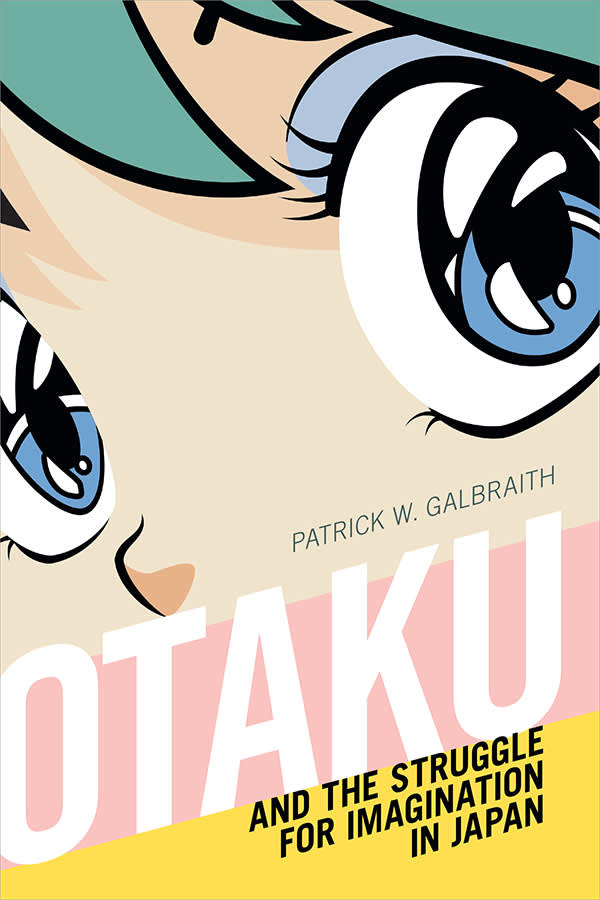
Patrick W. Galbraith
Otaku and the Struggle for Imagination in Japan, 2019
The American Magazine ‘Otaku USA’ popularizes and covers these positive and negative aspects tied to the subculture, while otaku serves as a central theme of contemporary anime and manga works, as well as the focus of documentaries and a great deal of academic research. In 2005, the Nomura Research Institute divided otaku into twelve primary categories - including anime, manga, camera, automobile, idol, and electronics – and estimated the size and collective market impact of these groups being as high as $18 billion USD annually.
Otaku USA
Magazine, 2007
Otaku USA
Magazine, 2017
Otaku USA
Magazine, 2019
As the definition of otaku evolved since its earliest iteration in the 1980s, numerous sub-classifications of the term have emerged, as well as physical outposts for likeminded otaku individuals to share in their respective interests. Tokyo’s Akihabara district, by example, is a hotbed for such activity, featuring dozens of stores specializing in anime, manga, retro video games, figurines, card games, and other collectibles, as well as a maid café where waitresses dress up and act like anime characters. Meanwhile in Nagoya, Japan, students from Nagoya City University launched a project on ways to help promote hidden tourist attractions related to otaku culture in an effort to attract more otaku youth to the city.
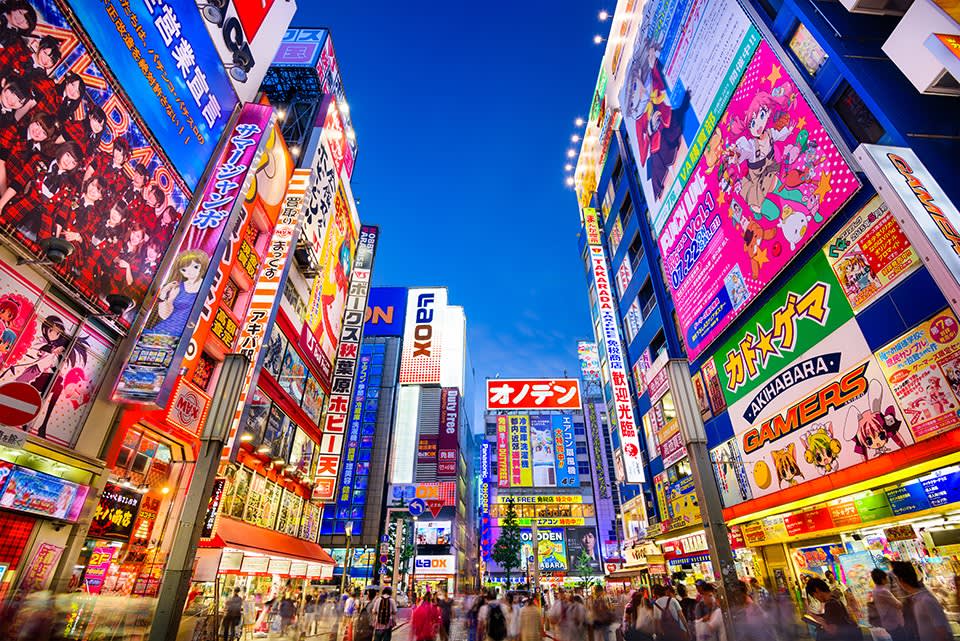
Tokyo, Japan
Akihabara District
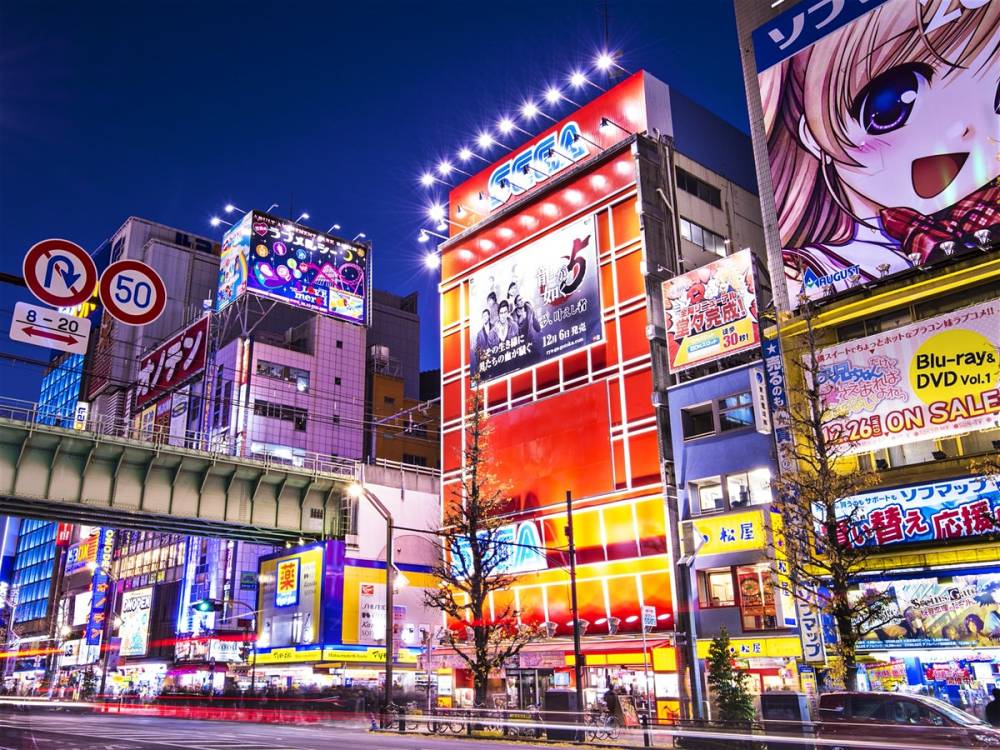
Tokyo, Japan
Akihabara District
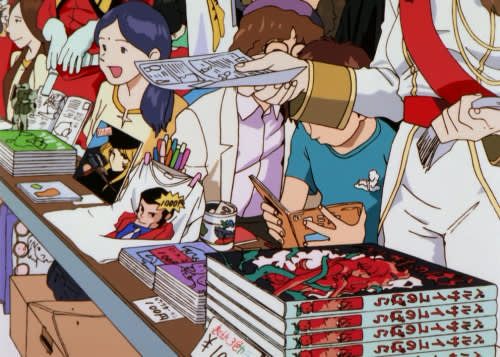
Otaku
Cartoon Drawing of an Otaku Convention

Otaku
Manga Characters
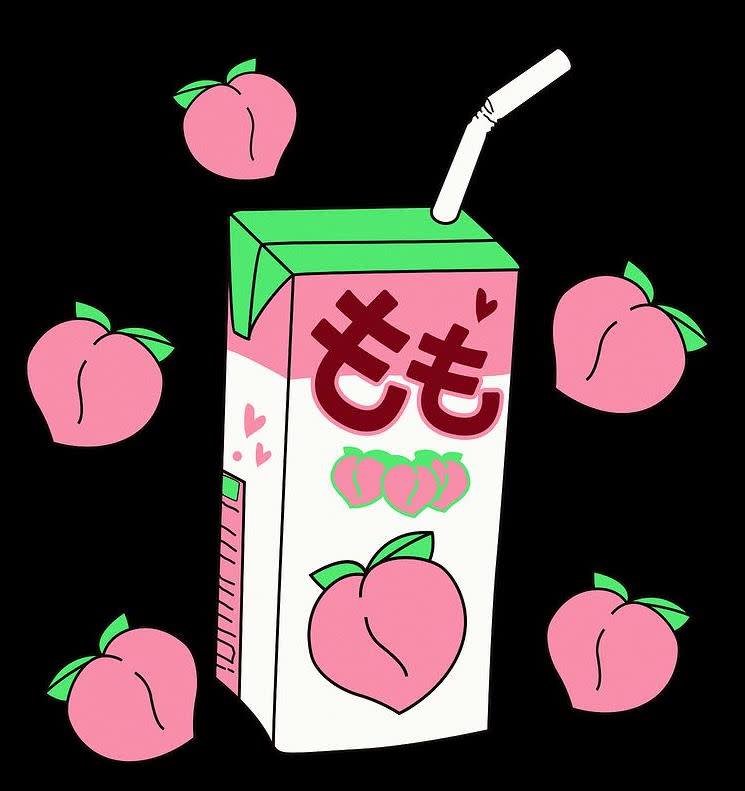
Otaku
Design Style, Kawaii Peach Juice
While the tradition of obsessive collecting predates otaku’s contemporary use, small nuances differentiate otaku-minded individuals from the storied collector: namely their wide array of interests that incorporate tangible objects – comics, figures, and apparel – as well as intangible information, facts, and knowledge.
Otaku
Man Dressed On the Street in Tokyo, Japan
Otaku
Cartoon Illustration
Otaku
Illustration, Reading Manga at a Bookstore
Manga Comic
Volume 1, Love is Hard for Otaku
In the early 2000s, Japanese photojournalist Kyoichi Tsuzuki captured a subcategory of these obsessive collectors relating to high fashion apparel in a series of photographs titled ‘Happy Victims’. Tsuzuki traveled around Japan photographing designer-obsessed men and women in their cramped living quarters overflowing with clothes, shoes and accessories. These colorful portraits feature the country’s most die-hard collectors of Comme des Garcons, Martin Margiela, Jean-Paul Gaultier, and other top designers, while exposing the Japanese culture’s overarching obsession with the act of amassing goods related to a particular interest; a founding principal of otaku.
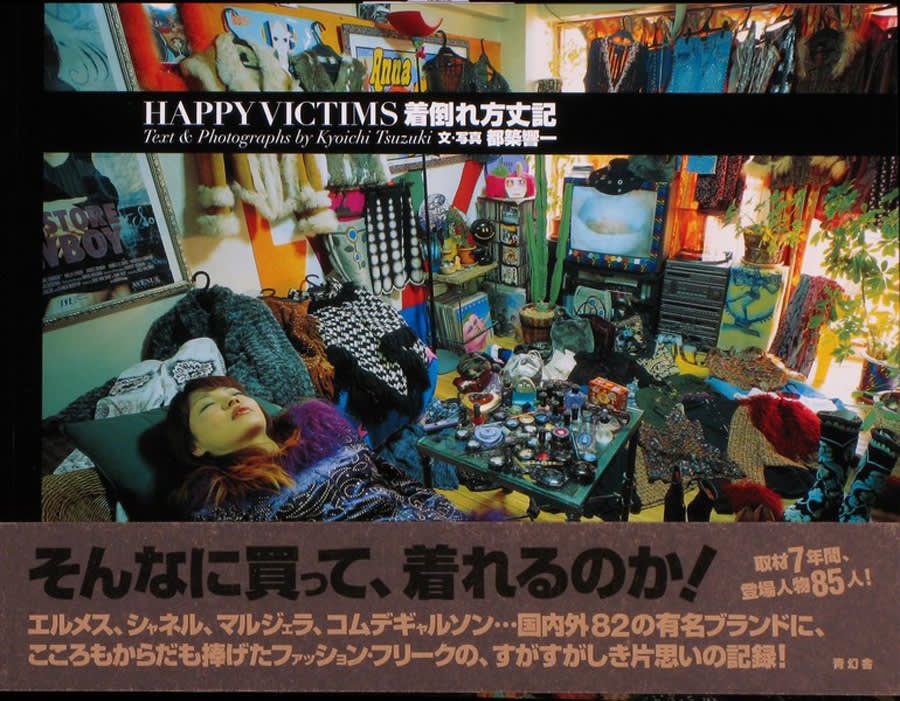
Kyoichi Tsuzuki
Happy Victims, 2003
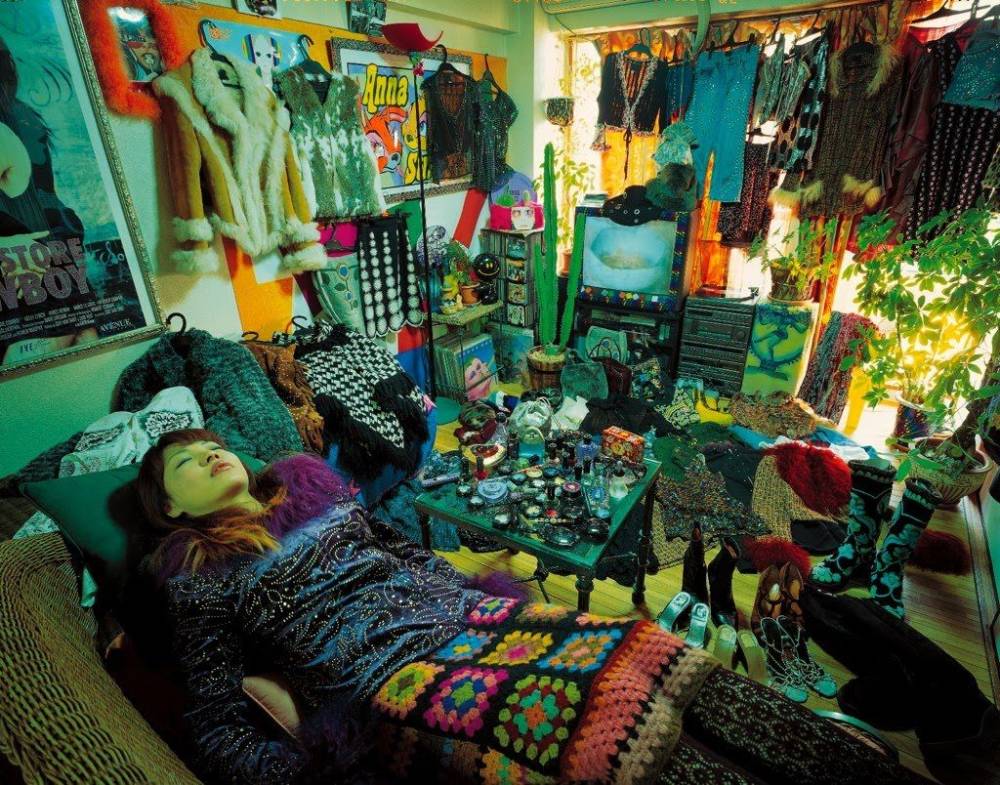
Kyoichi Tsuzuki
Happy Victims, 2003
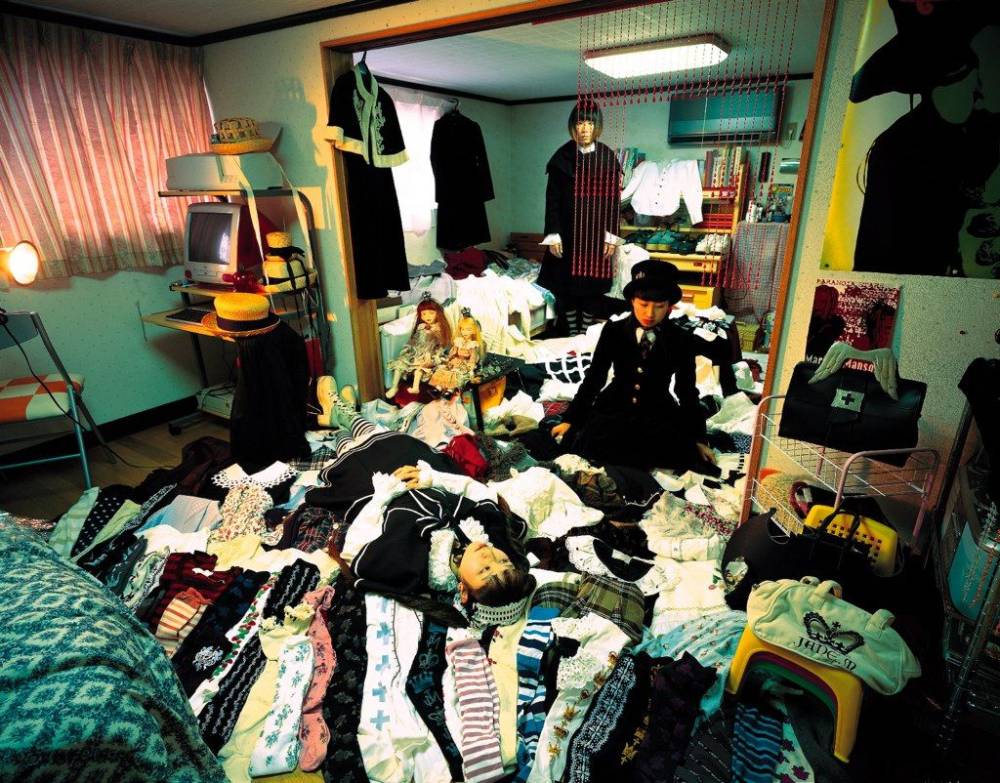
Kyoichi Tsuzuki
Happy Victims, 2003

Kyoichi Tsuzuki
Happy Victims, 2003
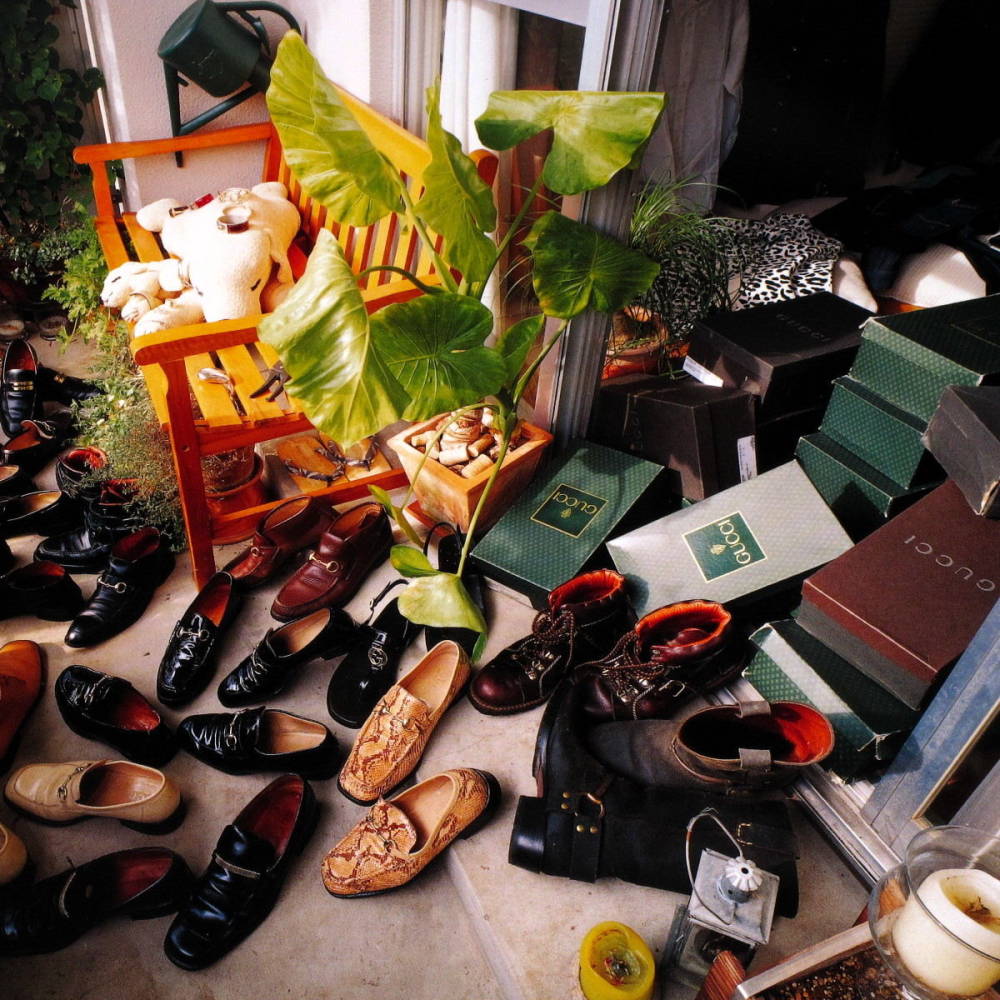
Kyoichi Tsuzuki
Happy Victims, 2003
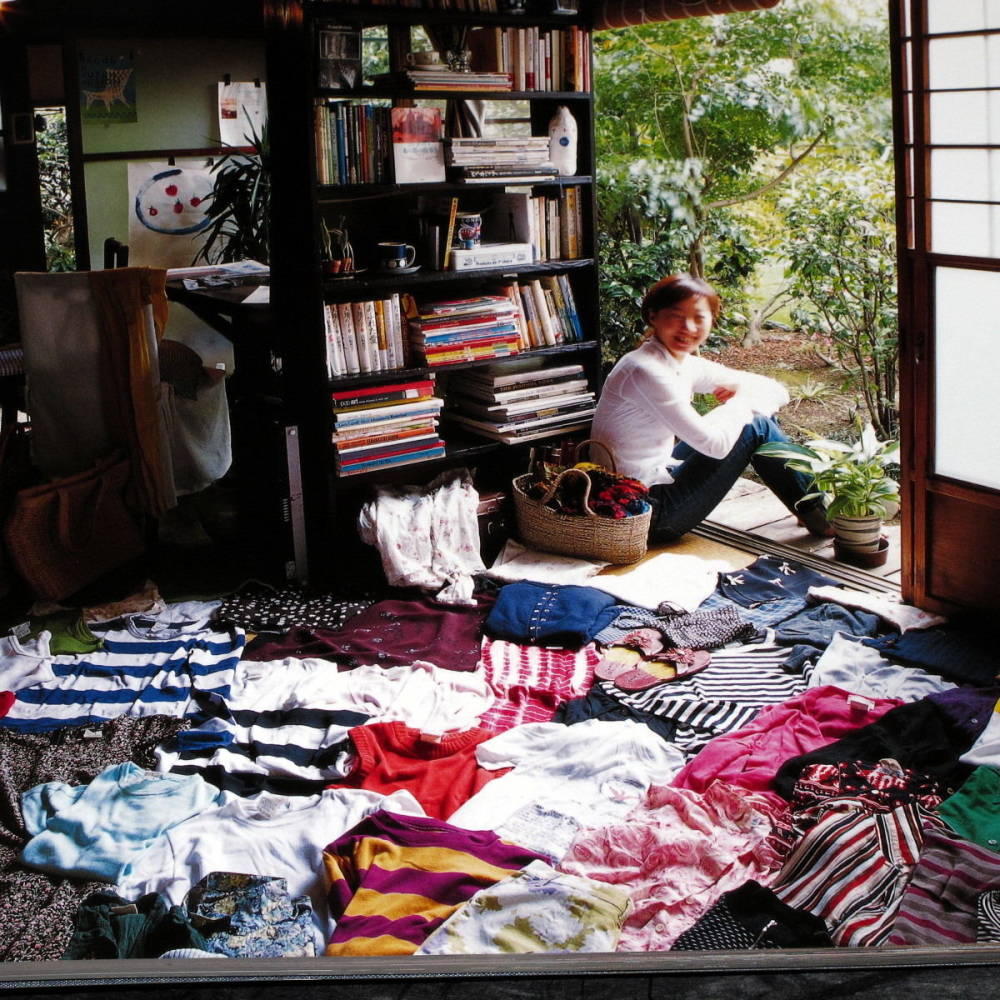
Kyoichi Tsuzuki
Happy Victims, 2003
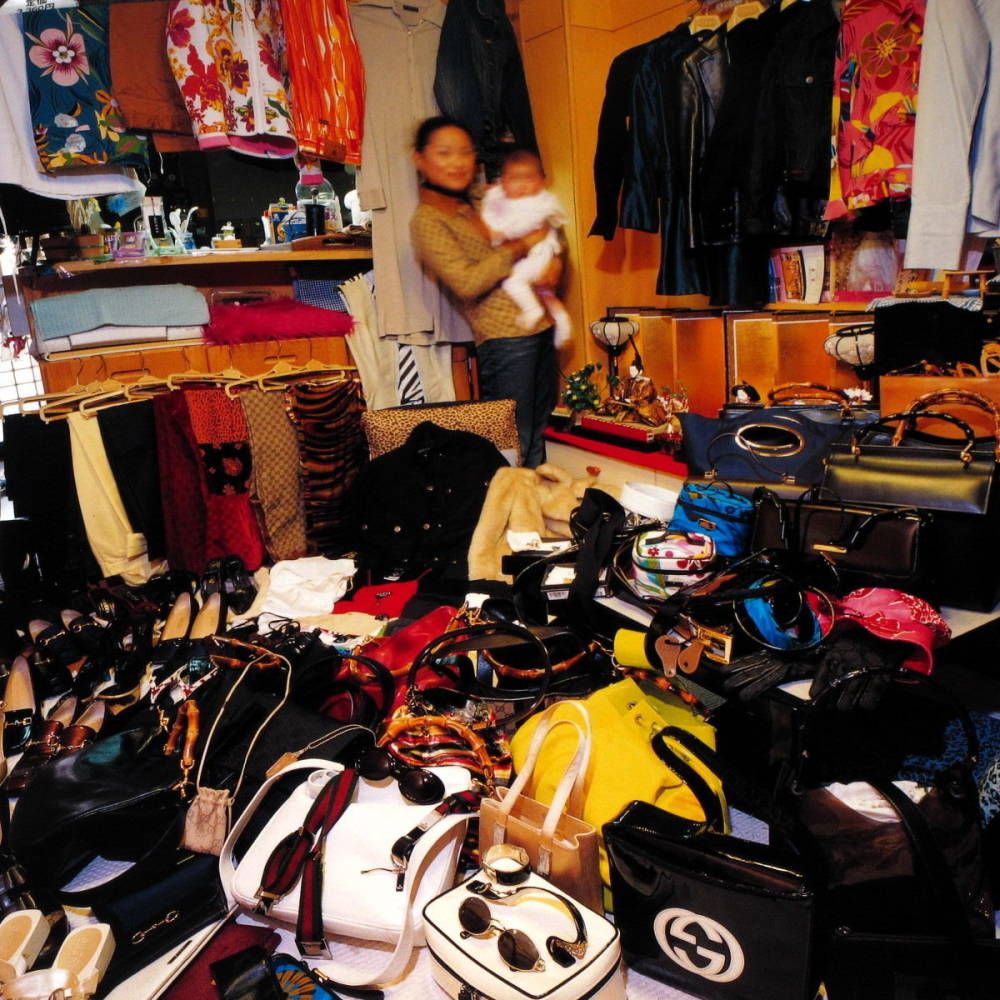
Kyoichi Tsuzuki
Happy Victims, 2003
